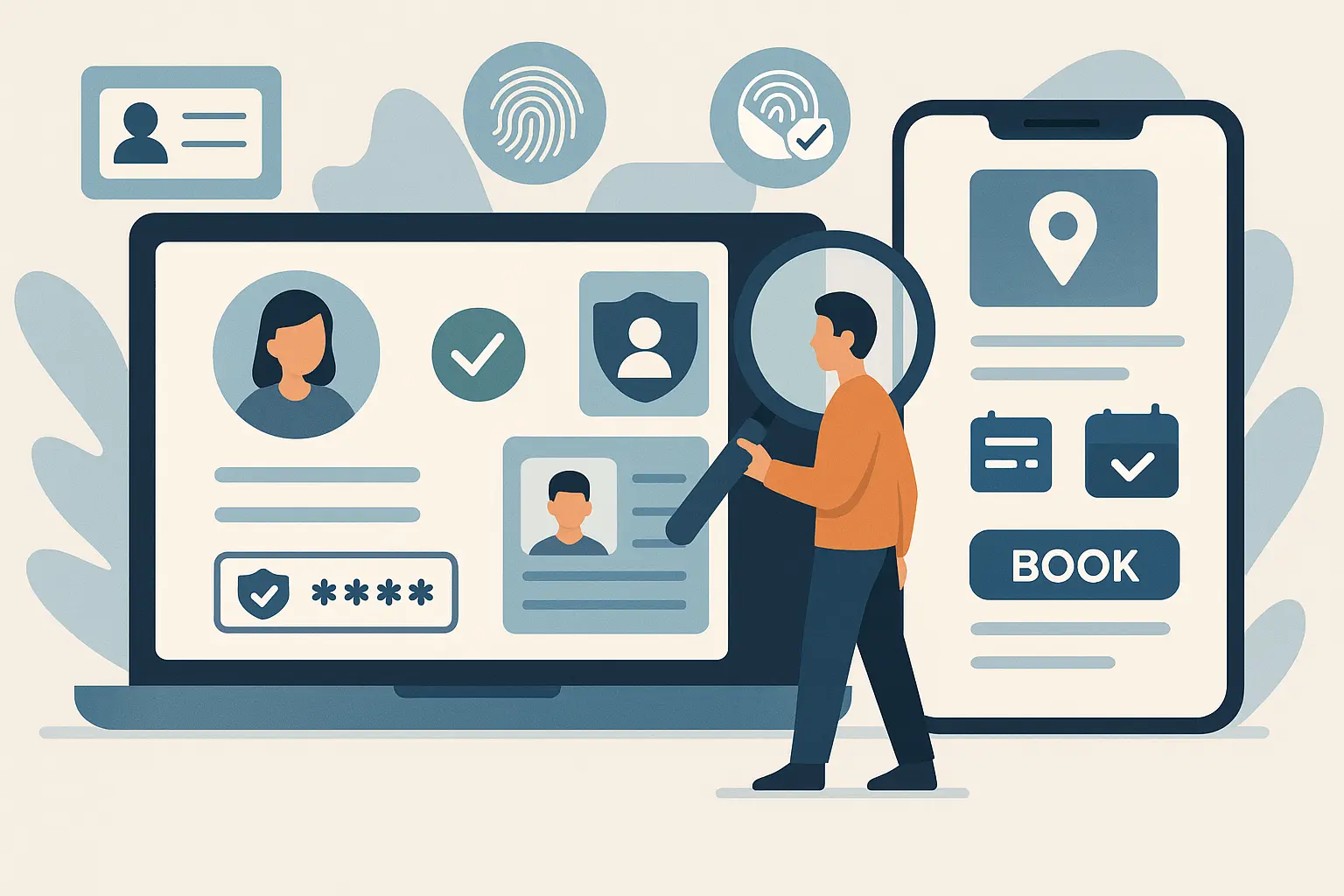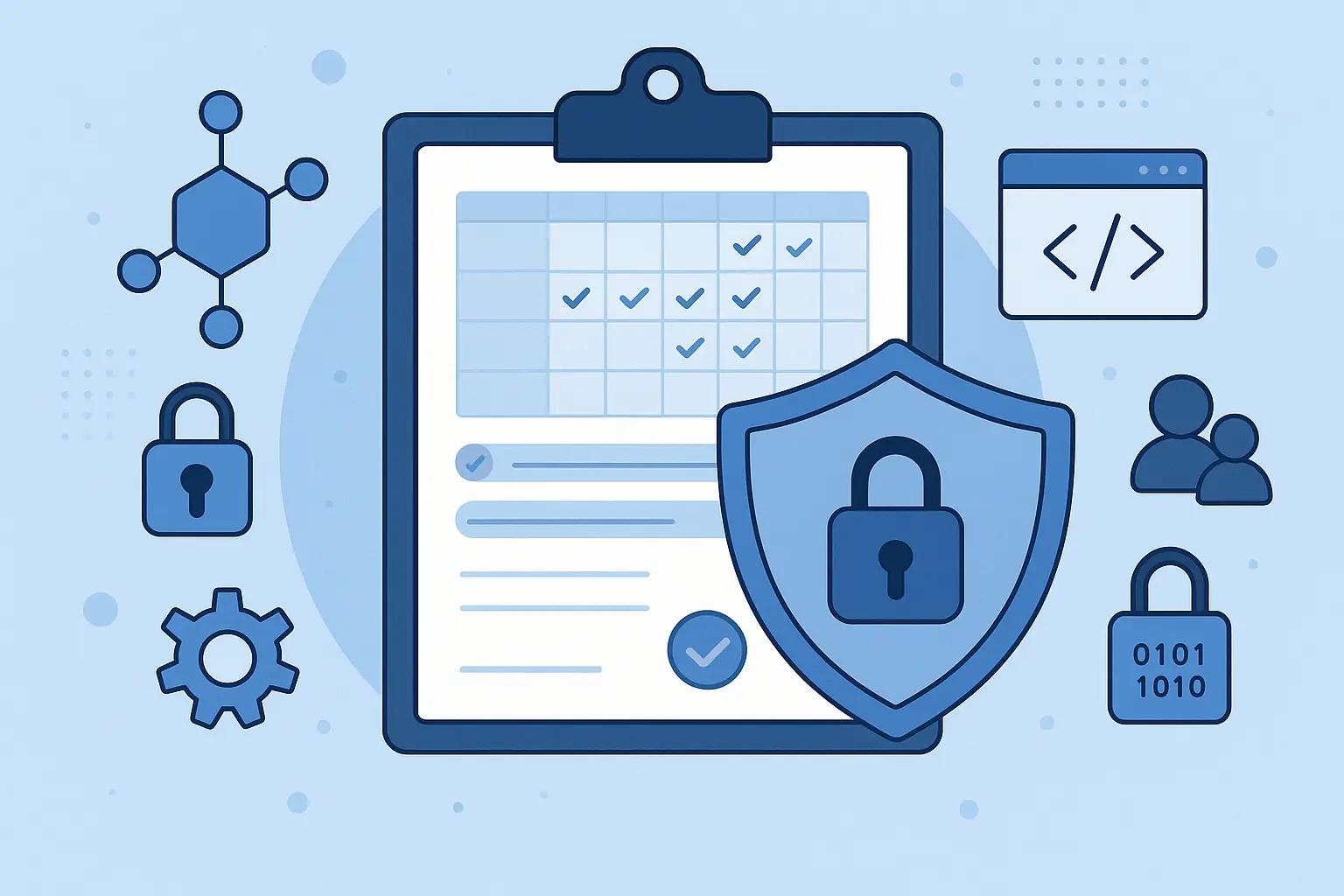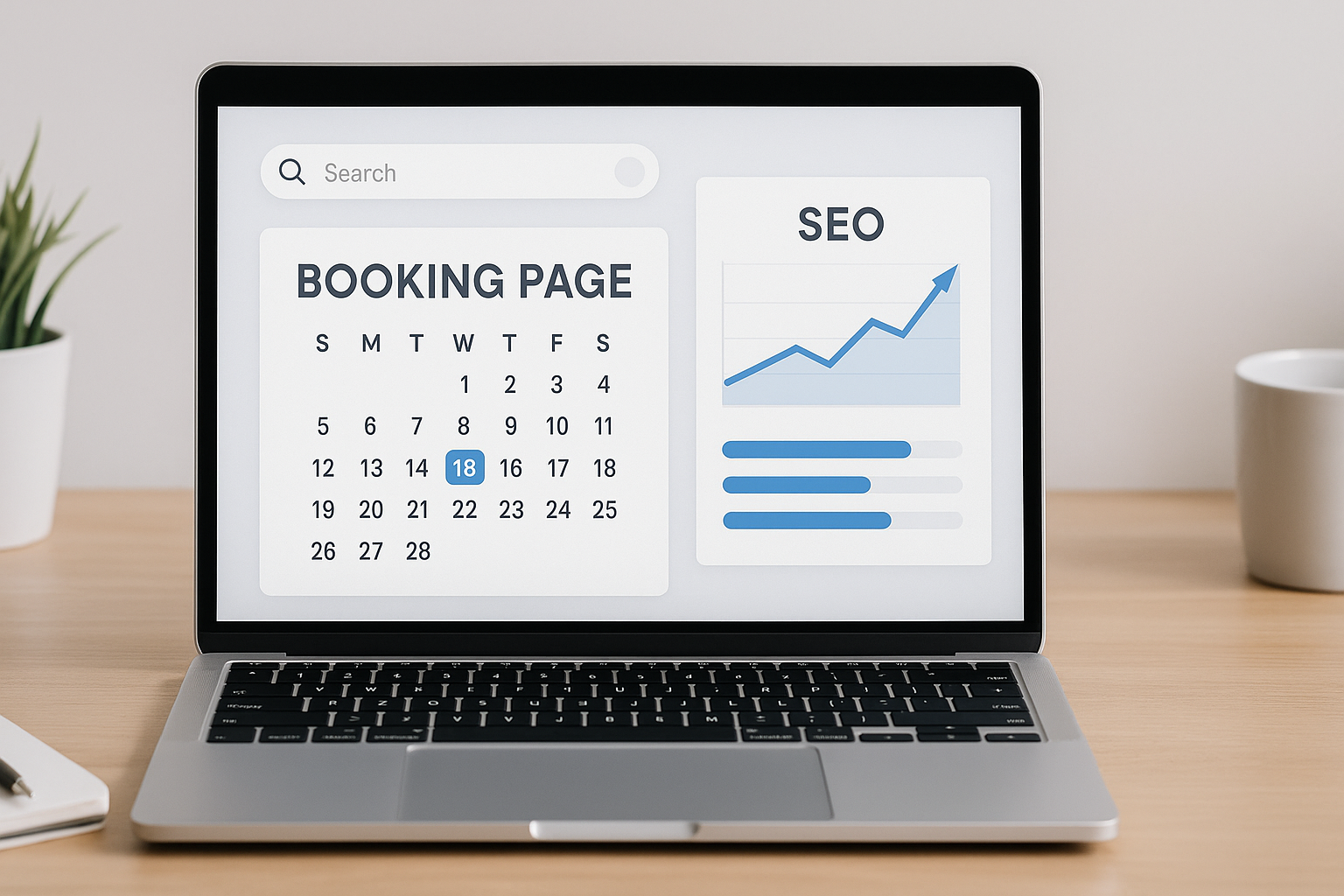So, you invested time, money, and effort to create an engaging email marketing campaign. What is the worst possible outcome? Your emails winding up in the spam folder. And with good reason, since email spam costs $20.5 billion every year for businesses worldwide.
There are many reasons why your emails land in spam inboxes, from outdated or purchased email lists to the lack of personalization. To get you past this major obstacle, this guide dives into a key reason why your email messages could get marked as spam: spam words. Also, we will detail the most effective strategies for your emails to reach your recipients’ hearts – instead of the spam folder.
What Are Spam Words?
Spam words are suspicious words or phrases email clients see as red flags. If an email contains such a word, it alerts mailbox providers of potentially malicious or misleading messages, and they route those messages away from inboxes. But even if they pass through spam filters, spam words in your email copywriting could trigger recipients to mark your emails as spam.
A common characteristic of spam words is that they make fake and exaggerated promises to subscribers. The objective is to get recipients to click on malicious links or give up sensitive personal data. As a golden rule, try to stay away from words associated with sales, scams, free stuff, and overpromising outcomes. Let’s list a few of the most common phrases to avoid when crafting your emails:
- 100% free
- Best price
- Bonus
- Buy
- Cash
- Click here
- Dear friend
- Discount
- Earn money
- Free access/info/gift
- Income
- Increase sales/traffic
- Make money
- No cost/risk
- Prize
- Purchase
- Save money
- Sign up for free
- Special promotion
- This isn’t spam/junk
- Unlimited
- Win
The list could go on and on. However, when it comes to spam words, you should remember that context matters. Just using the word “discount” won’t send your emails to spam. It all comes down to leveraging the right words to get your message across. Again, it’s about your email copywriting and the value your email content offers recipients. Last but not least, it’s about keeping up with the best deliverability strategies – and that’s where we’re here to help you out.
8 Best Strategies For Avoiding The Spam Folder
Making it into your recipients’ inboxes doesn’t just improve your chances of driving conversions and sales. It’s a key factor in maintaining a healthy sender reputation and coming across as a trustworthy brand that respects its prospects. Without further ado, let’s detail the most effective strategies to keep your email campaigns out of spam.
1. Use A Reliable Email Marketing Service
This is the most fundamental strategy for your emails to land in inboxes. When spam filters check the IP address connected to the sending email address, they look out for spam complaints linked to it. What does that mean? Even valid and legitimate email addresses could get flagged as spam just for using shared IP addresses with other senders that may have abused them.
That’s why using a reliable email marketing service is a no-brainer for businesses that want to maintain credibility with inbox providers. Robust ESPs like Sendinblue and reputable Sendinblue alternatives take proactive steps to prevent spammers from using their software. By banning spammers from their platforms and only dispatching solicited email material, they protect their users from getting bad sender reputations and low email deliverability scores. Also, these email marketing tools include features that force you to avoid other common spam-triggering practices, such as not adding an unsubscribe option to your emails.
2. Consider Having A Double Opt-in Subscription Process
When users fill in their contact information on your form to sign up for your newsletter, they are automatically added to your email list. But with a double opt-in subscription process, businesses send a confirmation email for users to click on a link and confirm they want to receive email marketing material. While a single opt-in process will give you a larger contact database, trust us when we say it’s no use compared to a smaller list of qualified recipients.
Seeing that users have to verify their email addresses by clicking on the confirmation link, you don’t risk having fake or outdated email addresses in your list while also avoiding spammers and bots. So, you don’t have to waste extra time checking if an email address is valid and remove fake email addresses. Not only that, but you ensure that your lists contain qualified recipients who are genuinely interested in your business news. That, in its turn, results in fewer spam complaints and improved engagement metrics.
3. Stay Compliant
This one is much more than your emails making their way into subscribers’ inboxes. Your brand must follow every law that governs digital marketing communications. Otherwise, you risk getting into legal trouble and facing penalties. By adhering to anti-spam laws, you stay compliant with every subscriber, no matter where they are located.
For instance, the CAN-SPAM Act requires that you only communicate with recipients that have given you consent to do so. Also, you have to include an unsubscribe option in your emails and stay away from deceptive wording in your subject lines. GDPR, on the other hand, gives users control over their personal information by preventing businesses from sharing them without their consent.
If you think it’s a lot to take on, we have good news for you. You don’t have to worry about reading every legislation out there and finding your way into complying with all of them. Most ESPs ensure that you meet email compliance laws and manage recipient data ethically while giving leads the option to opt out any time they feel like it.
4. Your Content Is Your Holy Grail
Even if you follow every email deliverability practice in the book, poorly written or spam-looking email content is a recipe for disaster. In an attempt to improve their email open rate and conversion rate, many marketers fall into the mistake of crafting misleading emails. However, tricking people into opening your emails gets you nowhere. Honesty is the number one rule for creating engaging and relevant email content.
Stay away from alarming or deceptive subject lines and email copy with bad grammar or irrelevant content. Instead, put all your efforts into showing subscribers the value that comes with reading your emails – and write a compelling email subject line that highlights your offer. Take advantage of proofreader tools to proofread your subject lines and email content and make sure they are error-free. Useful content combined with a great offer will take care of the rest. Before dispatching an email, ask yourself if it’s of value to recipients – if it’s not, think twice about sending it.
Also, it’s important to get to know your recipients, as well as their needs and pain points. This will help you build better audience segments and send targeted email content that addresses these needs. The more relevant the content you create and the more your readers enjoy it, the less likely they will mark your email as spam.
5. Always Have An Email Unsubscribe Option
Speaking of opt-outs, having an option for readers to unsubscribe from your email campaigns is of utmost importance. As already mentioned, the CAN-SPAM Act demands that you include an unsubscribe button or link in every email you dispatch. Besides that, it allows recipients to think of you as a credible brand that values their preferences.
Most marketers dread the thought of subscribers leaving their mailing lists. But the truth is that unsubscribes are far better than spam complaints. And spam complaints can be reduced if readers have another way out. So, make sure you add a visible and prominently displayed unsubscribe link so that readers don’t have a hard time detecting it within blocks of copy. What’s more, most email template builders offer unsubscribe button customization options if you wish to tweak its font, color, or placement – or just match it to your overall branding.
6. Ask Recipients To Whitelist Your Email Address
Ideally, you should employ this practice in your welcome emails since it’s the perfect time for your recipients to take this type of action. So, the first time someone joins your email list, ensure you ask them to whitelist your email address to receive future emails from your brand. But chances are they won’t know exactly what to do and will be unwilling to spend too much time or effort on it.
To make their life easier and show them you have thought everything beforehand, consider offering them instructions on how they can add your email address to their contact list or trusted senders. Most email clients try to ensure their spam filters don’t catch emails coming from your contacts or trusted senders, therefore, won’t flag such an email as spam.
7. Don’t Use Spammy Email Subject Lines
Even the most detailed spam words list won’t give you all the answers to whether your email subject lines could be flagged as spam or not. Spam filters keep getting more sophisticated, so it would be better to adopt a more holistic approach when it comes to crafting your subject lines. Instead of just avoiding specific words that prospects and email clients associate with spam messages, you should stay away from practices like the following:
- Excessive use of special characters
- Fully capitalized subject lines
- Too many exclamation points
- References to money and easy profit
Again, everything is a matter of context. Therefore, just using a special character or profit-related word won’t route your email to the spam folder. As a general rule, avoid leveraging words that sound sales-y or making promises that don’t align with your email content. And please don’t shout at your email recipients since it will result in them flagging your emails without giving it a second thought.
8. Use Email Authentication Methods
Emails that pass authentication checks are more likely to land in subscribers’ inboxes. These checks are used to validate that emails come from your specific domain. Through the usage of email authentication methods, you enhance your brand credibility and make inbox providers trust your emails. So they make sure to direct them to inboxes instead of the spam folder.
We won’t lie to you, though. It might take some effort to set up, but it’s worth your while. Once more, your email marketing program can be your trusted ally since it gives you the tools to set up main authentication methods, such as SPF, DKIM, and DMARC.
Final Words
When email marketing promotions end up in spam, it’s wasted time, effort, and resources for your business. Unfortunately enough, at some point, it will happen. No marketer or business owner likes the thought, and that’s exactly why you should carefully plan every part of your email marketing strategy to ensure your emails land in recipients’ inboxes.
This guide has given you a clear idea of what causes marketing emails to land in the spam folder, as well as the best strategies to keep them from ending up there. All you have to do is adopt and consistently follow them for each email you distribute. As long as you do, rest assured that inbox service providers will reward you with their trust, and your email campaigns will accomplish their marketing goals.








